A sprint or a marathon? UTS is a little of both
The unique scoring format of UTS means players have to work extremely hard, over a short time, to get the job done
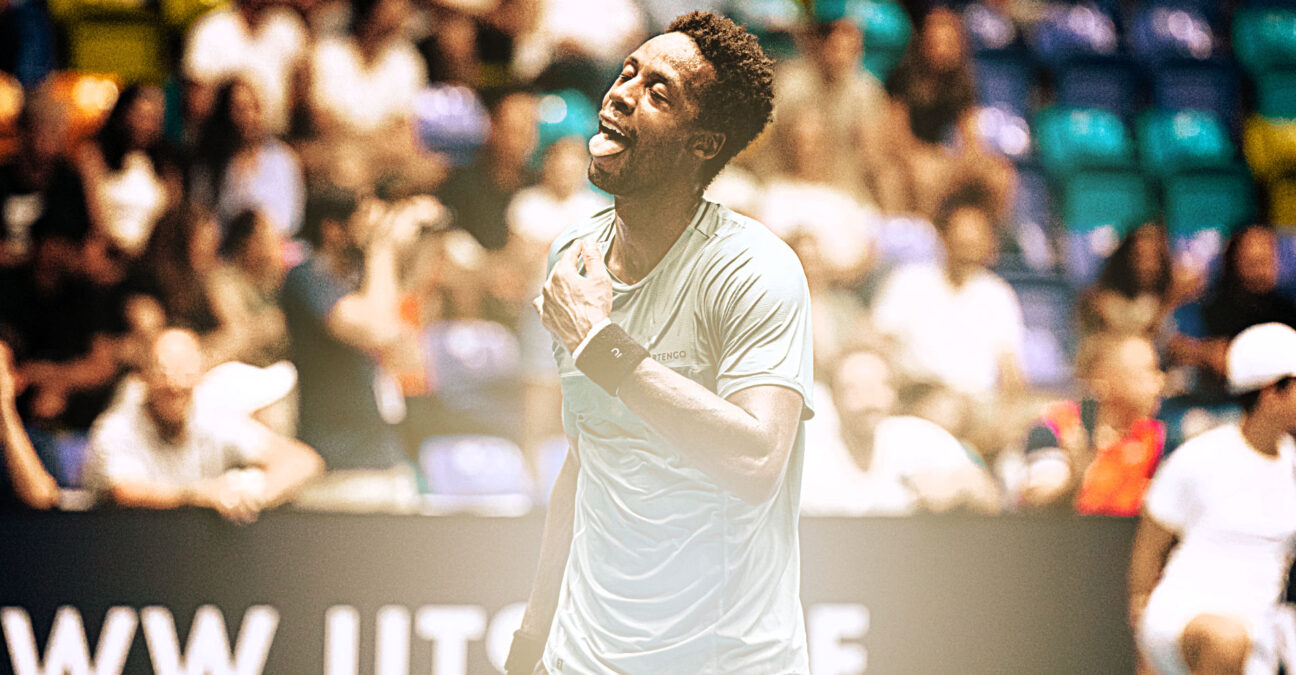 Gaël Monfils, UTS Frankfurt 2023 – © UTS
Gaël Monfils, UTS Frankfurt 2023 – © UTS
It is often said that tennis is a marathon, not a sprint.
The scoring system, especially over five sets for the men at the Grand Slams, means that there can be dead moments in matches where points and games mean less than what happens later on. After all, the winner is the player who wins the final point of the match.
In UTS, things are different. The scoring system – four quarters of eight minutes each, where each point means as much as the next – requires players to be on their game from the first point onwards, which in turn requires them to hit full speed immediately and sustain it for eight minutes, four times in a row. UTS therefore, is part sprint, part marathon, and as such, asks very different questions of them than they meet on the regular Tour. And the players feel it.
“It’s very physical, extremely physical,” says Stefanos Tsitsipas, aka “El Greco”. “Now I know the format, I will have to work on my physicality and cardio before stepping out on the court. Someone who does not have the physique or endurance to do this over and over again is probably going to struggle a lot playing in that format.”
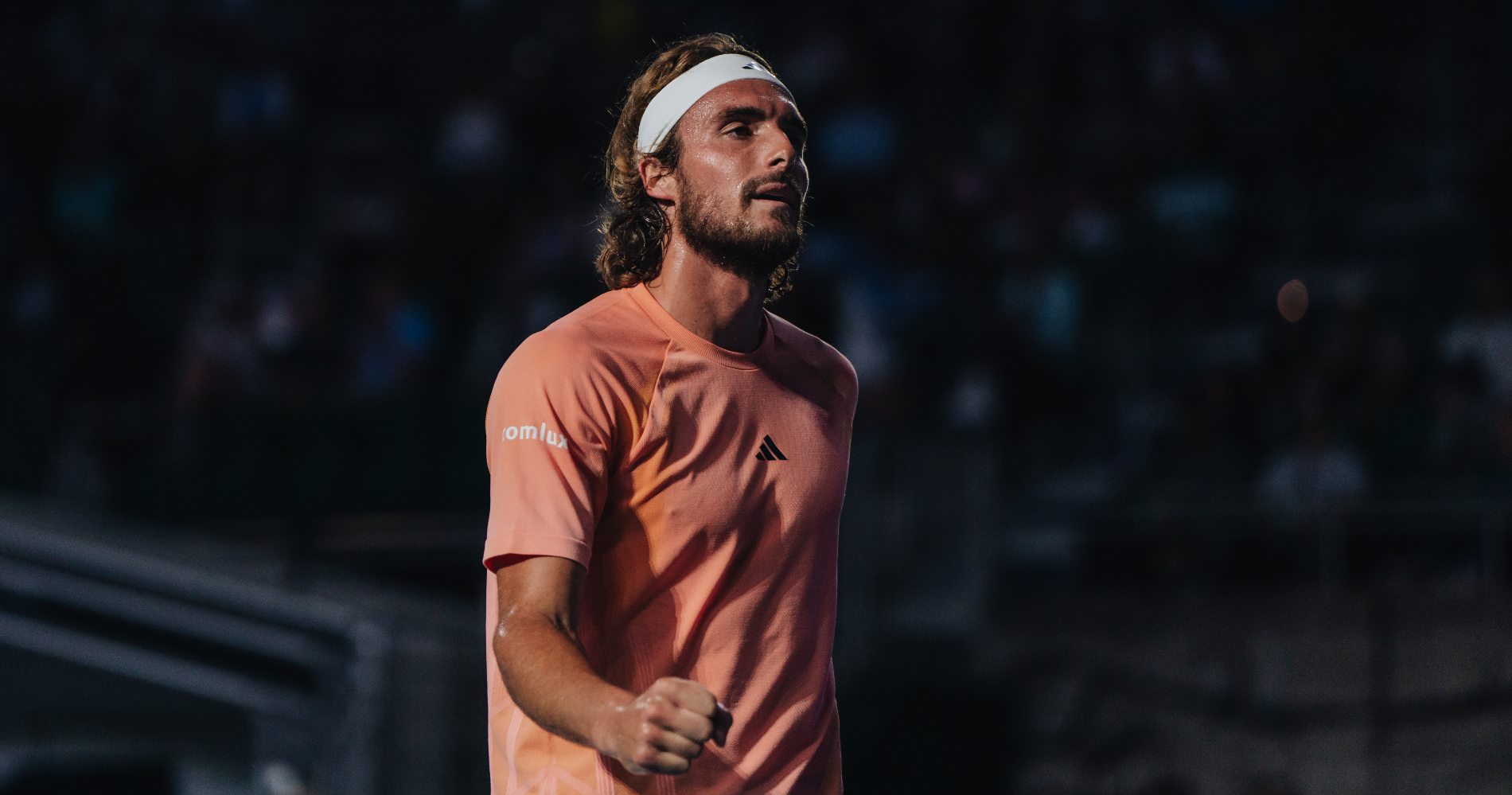
“Many more rallies compared to classical tennis”
When Patrick Mouratoglou co-founded UTS with Alex Popyrin, the father of Australian Alexei, in 2020, he did so with the intention of innovating the sport, upping the pace and increasing the amount of time the play is in play, to give fans more for their money.
“For sure UTS is much more demanding physically than a tennis match,” Mouratoglou says. “It’s shorter. It couldn’t be much longer anyway because it’s exhausting. Why? Very simple to understand; many more rallies compared to classical tennis, because we get rid of the first serves and much less time between the points to recover, 15 seconds.
“I can tell you it goes very fast, so it’s almost a crazy intense cardio session for 47 minutes. So believe me, it’s a real effort. And when you see the players getting out of the court after the matches, you see their face, you see the suffering a lot. And actually they say it.”
Longer rallies mean more physical effort
With players hitting what Mouratoglou calls “first-second serves”, i.e. a serve at about three quarters the pace of their usual first serve, the serve is less of a factor. With more returns in play, UTS sees players contesting extended rallies, the onus on consistency and the ability to recover, fast, for the next point.
Tsitsipas played UTS in its first incarnation in 2020. When he returned in 2024, to find the pace even faster, he found it tough, initially. “There were a few times I was hating myself for being dead after five, six minutes playing in a row,” he said. “It felt exhausting, excruciating for me, rallying on every single point. (But) I felt like it was a great cardio for me…I felt like I was extremely activated the whole time.”
It might not actually be a marathon, in terms of time, but to some of the players, it can feel like it. Talking to the commentators at the sit-down between quarters during UTS New York, Tsitsipas said: “It’s a marathon, we’re not playing tennis. Look, I can barely talk right now. This is all physical.”
Rallies between four and eight shots
Watch a match on the ATP Tour and you will see that most points are won in the 1-4 shot category. Either it’s service winner, especially on faster courts, or the server hits a winner or unreturnable shot on their second ball, or the receiver hits a brilliant return which either wins the point outright or allows him to finish it off on the fourth shot of the rally.
In UTS it’s totally different, with players afraid or unwilling to take the risk, very often, of going for broke on their first serve, resulting in far longer rallies, which in turn ups the heart rate.
“Most of the points in a tennis match last less than four shots,” Mouratoglou said. “If you think about it, that is extremely short. There are a lot of serve winners, serve plus one and the point is over. So when you get rid of the first serve, it’s a completely different effort. Of course, tennis players are incredible athletes, but what UTS ask them to do is something that they never do. Rallies that last between 4 and 8 shots, on average with much less time between the points to recover, this is extremely demanding.”
A real cardio workout
No one is suggesting that playing a 47-minute UTS match has the same effect on the body as a five-set match, in the intensity of a Grand Slam. Recovering from four hours plus of tennis at the very highest level is a different cat altogether.
But UTS asks different questions of players and in many ways, is perfect for players in terms of their cardio. With so little time between points, so many points to play and with all of them counting the same (unless they use their next point x3 card), the intensity takes their heart rate through the roof.
UTS4 winner Corentin Moutet’s former coach, Laurent Raymond, said it was about short bursts of intensity, which are physically demanding. “There is less recovery between points, and the rotation is done every eight minutes, which is often more than what can happen in two games,” he said.
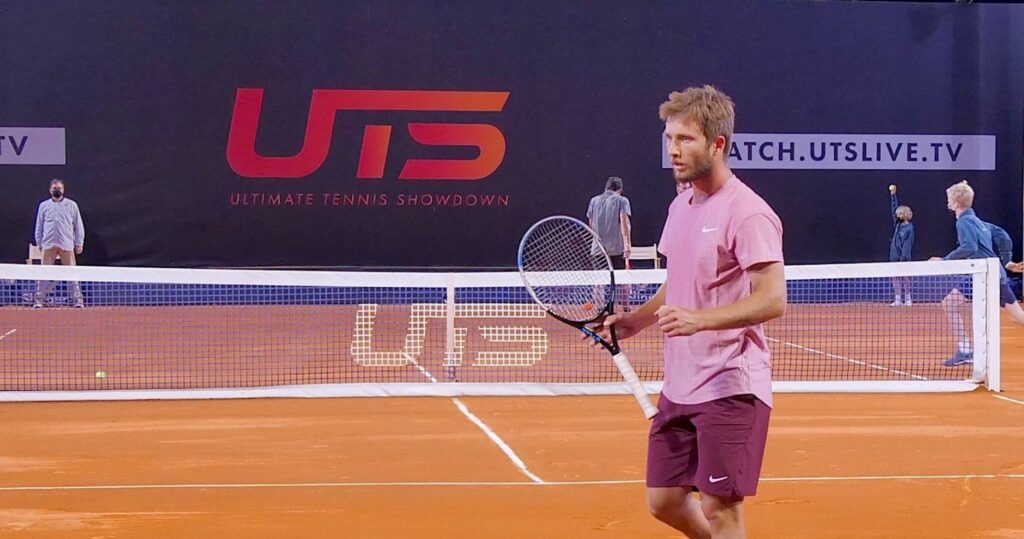
“You have to be prepared to put in more intensity, with more violent efforts. We’re not in it for the long haul, we’re in a short sequence of about 45 minutes where the physical and psychological effort is intense.”
Gael Monfils, aka “La Monf”, won UTS New York in August 2024 and said he needed all his physical attributes to get the job done. “It’s crazy intense,” he says. “Sometimes you can run out of breath, if you have some pretty big rallies and you need to go straight, sometimes only three seconds, sometimes 10 seconds, so it’s not easy, and you don’t have timeout. It’s quite good also, we all love the formula like that, to be prepared, it’s a different way to practice.”
Ugo Humbert, “The Commander”, agreed as he discovered the competition in New York as a last minute substitute for Nick Kyrgios. “It’s very exhausting, the physical part is huge at UTS,” he said. “It’s a great way to work on your cardio.” With at lest three matches scheduled in three days at UTS Frankfurt this week, The Commander will have a great real-time fitness session.



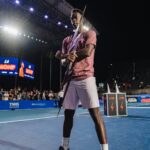







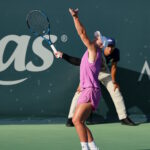
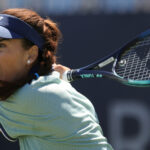
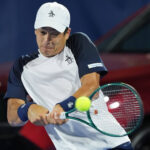

The UTS format, with its rapid-fire scoring system, demands intense focus and physical exertion from players. It’s a high-pressure environment where quick decision-making and efficient execution are paramount. This format can lead to exciting matches, but it also places a significant strain on the athletes involved.